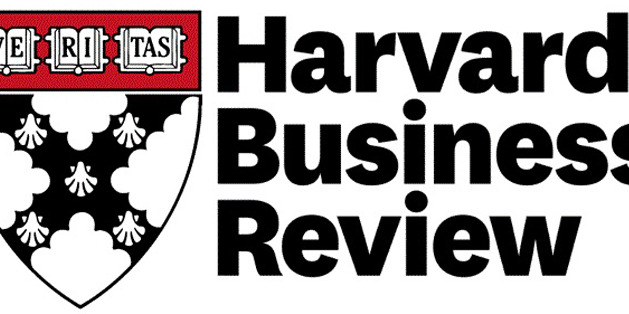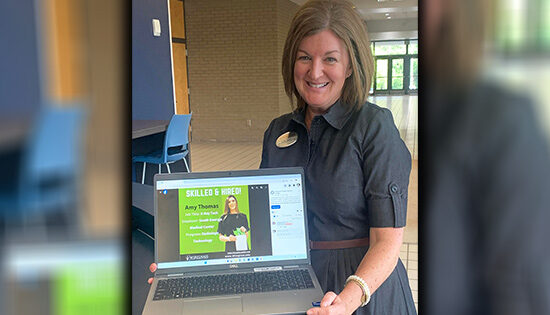Harvard Business Review
We’ve all been there. We’re sitting in back-to-back hour-long informational meetings. We try to sit attentively as waves of information are poured over us in report after report. Eventually, we realize the meeting is coming to a close and no decisions are being made. We’re bored, we’re tired, and we think: “This whole meeting could have been an email.”
Not so fast.
There’s a lot that happens in a meeting that can’t be replaced with a digital memo. A long-standing maxim on communication has it that only 7 percent of information communicated in person is verbal – the actual words that could be conveyed in an email. The remaining 93 percent are contextual elements like non-verbal cues, tone of voice, context, and feedback. (It’s worth pointing out that this concept is backed by research, but like a lot of surprising findings it’s often over-generalized.) All of this information gives us a more robust picture of what’s actually going on in a meaning, and little of it can be typed up and blasted out.
In fact, recent research reveals that we’re even worse than we thought at ascertaining a lot of this information from emails. In two studies, both led by Justin Kruger at New York University, researchers found that humans consistently overestimate the ability of an email receiver’s ability to ascertain context, and that when we lack this information, we often fill in the gaps with stereotypes and potentially faulty guesses.
In the first study, researchers divided participants into pairs. The participants were then given a list of 20 statements on a variety of topics, such as the weather and food. Half of these statements were serious and half were sarcastic. Each participant then selected 10 statements to communicate to their partner. They were specifically told to choose statements that they believed their partner would easily identify as either being serious or sarcastic. The researchers then randomly assigned half of the pairs to communicate over email, and the rest to communicate over the phone (technically over voice recording). Participants using email were told to type their statements into a computer exactly as written and send them to their partner. The participants using the phone were given a tape recorder and asked to read each statement aloud, again just as written. Both participants in the pair were asked to predict how many statements their partner would correctly identify as sarcastic.
The researchers found that the predictions stayed fairly consistent across conditions – both the email and the phone groups predicted that their partner would get nearly 8 out of 10 statements correct. And receivers in the voice-recorded condition performed almost that well (correctly identifying 73.1 percent of statements). However, in the email condition, receivers only predicted 56 percent of statements correctly – a significant decline and almost equivalent to mere chance (50 percent).
While the reasons for this disparity are easily explained by email’s lack of nonverbal context (the missing 93 percent), more troubling is the senders’ over-confidence that their sarcasm would be correctly perceived. The researchers concluded that information senders “heard” the statements in their head as sarcastic when typing, and simply assumed that information would transfer into an email.
Not only do we assume our nonverbal cues are making it into our emails, a second study shows that when we receive information as digital text, we often make up for the lack of contextual information by using stereotypes and estimations to fill in the gaps.
This time, researchers asked participants to rate the intelligence of two people they interviewed, with half of the participants giving the interview over email and the other half over the phone. Before the interviews, all participants were given fictional bios of the interviewees that leveraged racial and social stereotypes (one bio was of a well-dressed Asian student with a double major and high GPA, the other was of a casually-dressed Caucasian who’d played high school football and majored in hotel management). The answers each interviewee gave were the same, regardless of whether the interview was conducted over the phone or over email, and regardless of whether they were “Asian double-major” or “white football player.” And yet the participants who used email rated the double-majoring interviewee as more intelligent than the ex-football player. However, participants in the telephone condition rated the two interviewees as equally smart.
These findings suggest that, when we interact via email with someone we don’t know well, we overly emphasize whatever information we have to replace the missing contextual information. This suggests that when we receive an email from a little-known colleague, we might overly rely on what little we know, such as where people are from or what department they work in, to judge them (with mostly faulty verdicts).
Taken together, these two sets of findings show just some of the ways that converting meetings to emails can go wrong. Not only could we falsely assume that others understand the true intent behind our words, we could also falsely assume that we understand enough about the other people on the group email to communicate properly with them. So the next time you’re in a boring or frustrating meeting and think, “this could have been an email,” take a deep breath and start focusing on the information that wouldn’t arrive in your inbox if it were.











